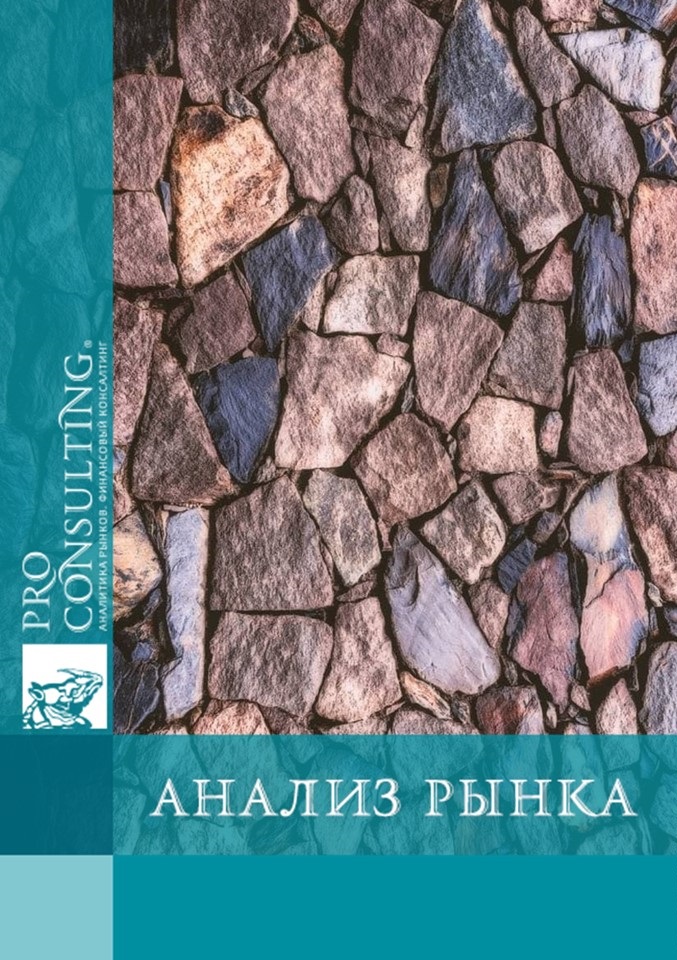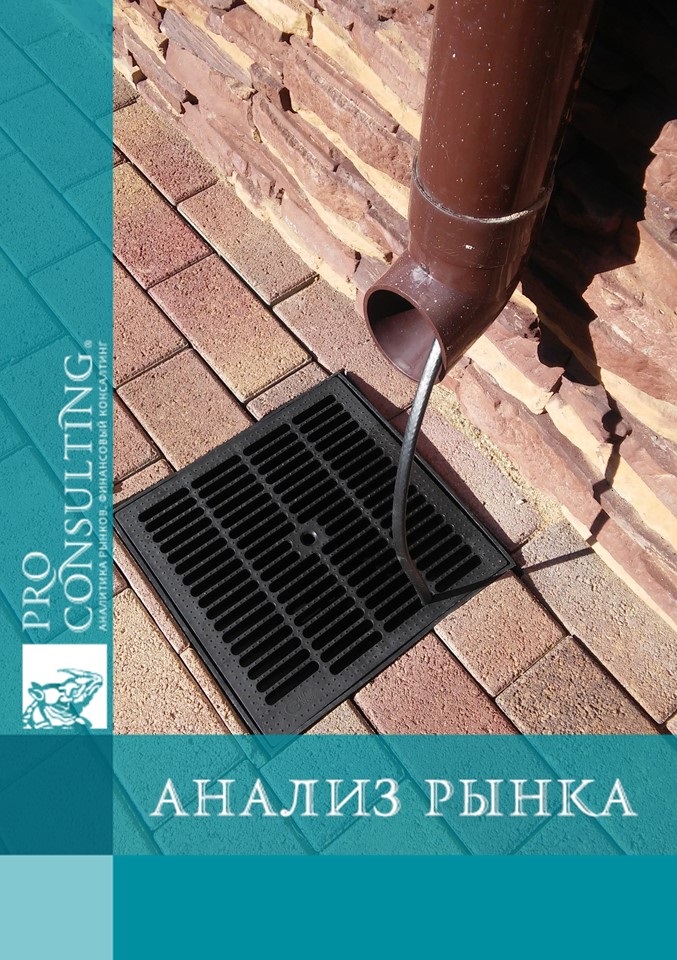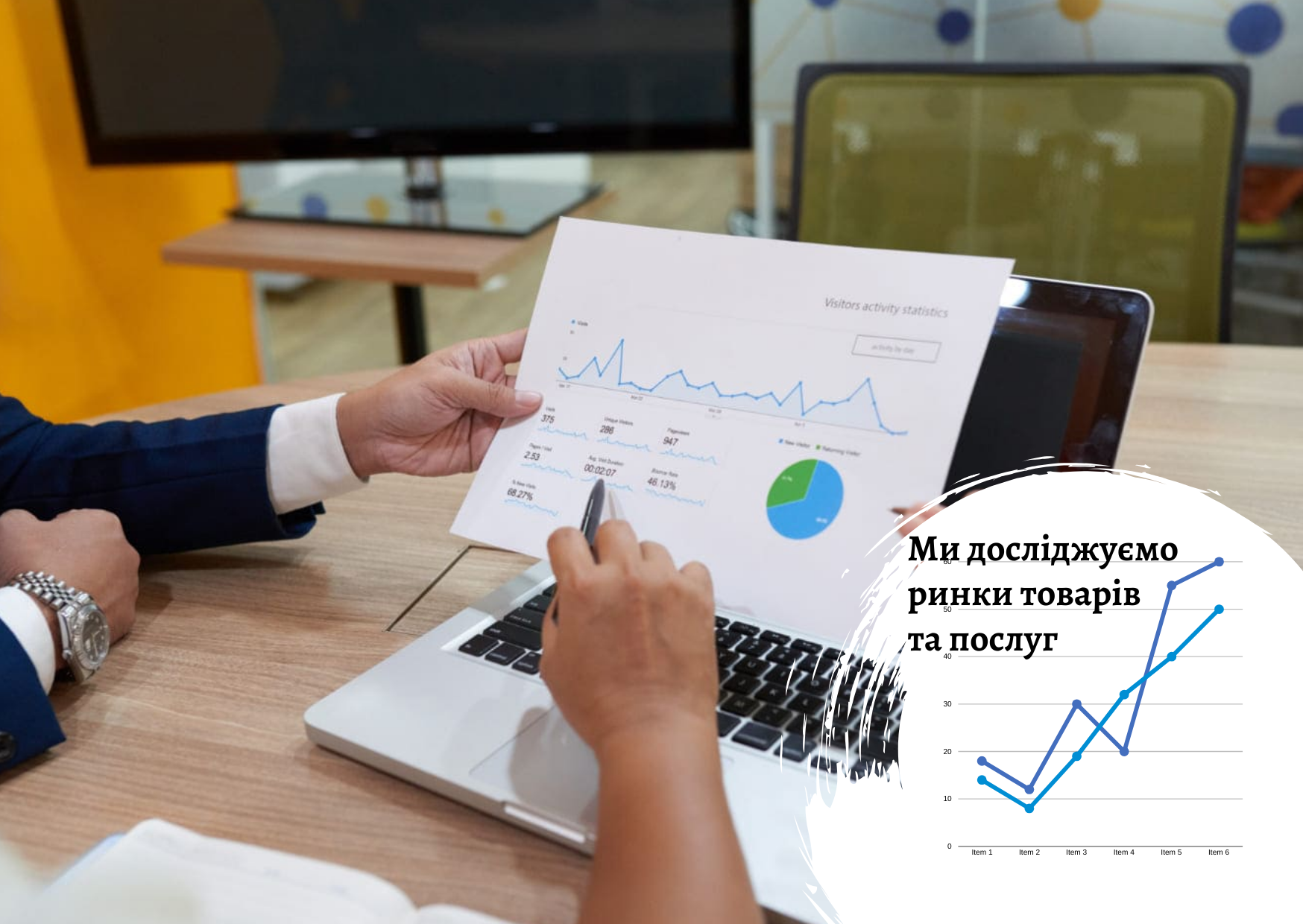Предупрежден – значит, вооружен. Как правильно оценивать риски, и какие методы для этого использовать
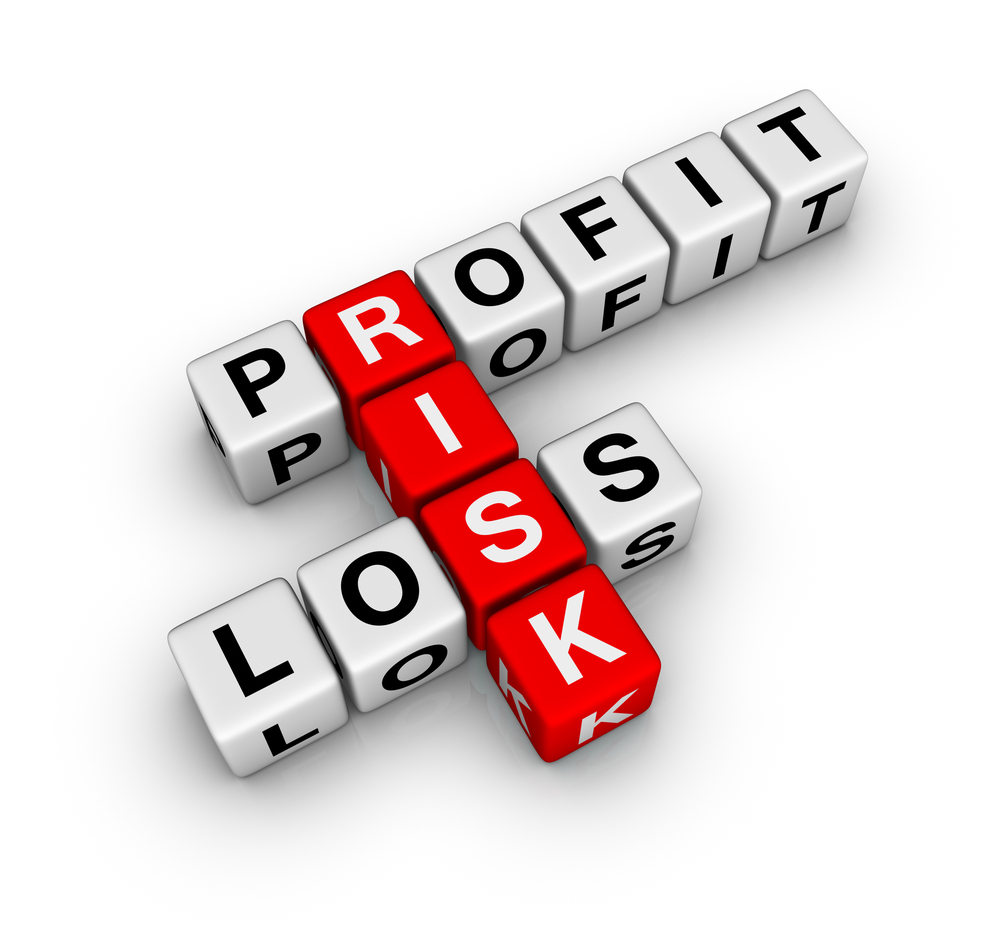
Риск – обязательная составляющая нашей профессиональной деятельности. Практически на любой должности, в работе любой компании, а, уж тем более, в собственном бизнесе, есть нюансы, которые, в той или иной ситуации, могут обернуться неприятными последствиями. Главная задача – научиться правильно взаимодействовать с рисками и быстро на них реагировать. В этом материале мы расскажем о том, как проанализировать риски и подготовиться к их потенциальному наступлению.
Прежде всего, стоит отметить, что, как и любое другое экономическое явление, риски не только можно, но и нужно просчитывать. Как правило, они состоят из двух компонентов:
· вероятности того, что определенный процесс пойдет не так;
· негативных последствий, которые могут произойти.
Иногда риски достаточно сложно определить, но их своевременный анализ поможет избежать убытков из-за неправильного планирования времени, затрат, а также сохранит репутацию всей фирмы. Поэтому анализ рисков является одним из наиболее важных инструментов, который помогает управлять ситуацией.
Всю работу с рисками можно условно разделить на два важных этапа.
1. Разделяем и классифицируем
Чтобы грамотно использовать механизмы управления рисками, стоит для начала систематизировать знания про них. Другими словами, провести классификацию. Это существенно упростит процесс анализа.
Наиболее часто риски выделяют по таким критериями:
· период появления;
· особенности учета;
· обстоятельства появления;
· особенности последствий;
· область формирования.
 По периоду проявления риски разделяют на перспективные, текущие и ретроспективные. Причем информация, полученная во время анализа ретроспективных рисков, вполне применима и для остальных двух категорий.
По периоду проявления риски разделяют на перспективные, текущие и ретроспективные. Причем информация, полученная во время анализа ретроспективных рисков, вполне применима и для остальных двух категорий.
Если отталкиваться от критерия особенностей учета, то риски делятся на внешние и внутренние. Внешние напрямую касаются функционирования организации или ее аудитории, что и зависят от ряда факторов (экономических, политических, социальных и т.д.). А внутренние риски зависят от активности руководства предприятия, организационной структуры, маркетингового потенциала и технического оснащения.
Критерий по обстоятельствам появления допускает классификацию на экономические (из-за неоптимальной организации внутри фирмы) и политические (закрытие границ и т .д.) факторы.
Если в основе классификации лежит область формирования, то риски делятся на производственные, коммерческие и страховые.
А если мы берем во внимание последствия, то типология будет выглядеть следующим образом:
· чистые и простые риски, которые возникают при катастрофах или войнах;
· спекулятивные риски, основной особенностью которых является большая вероятность как выигрыша, так и проигрыша в той или иной ситуации.
2. Производим оценку рисков
Процесс оценивания рисков условно можно разделить на два главных шага:
· качественный и количественный анализ;
· выбор метода оценки.
Анализ рынка может быть качественным и количественным. Качественный дает возможность понять, что именно стало источником появления рисков, и на каких этапах производства есть вероятность его возникновения. Количественный, основываясь на предыдущих данных, получает данные о величине каждого риска, формирует предположения о вероятном уроне и разрабатывает действия для нейтрализации ситуации.
Чтобы правильно выбрать метод оценивания рисков стоит ознакомиться с их классификацией. Различают статистические и аналитические методы, а также методы экспертных оценок и аналогов.
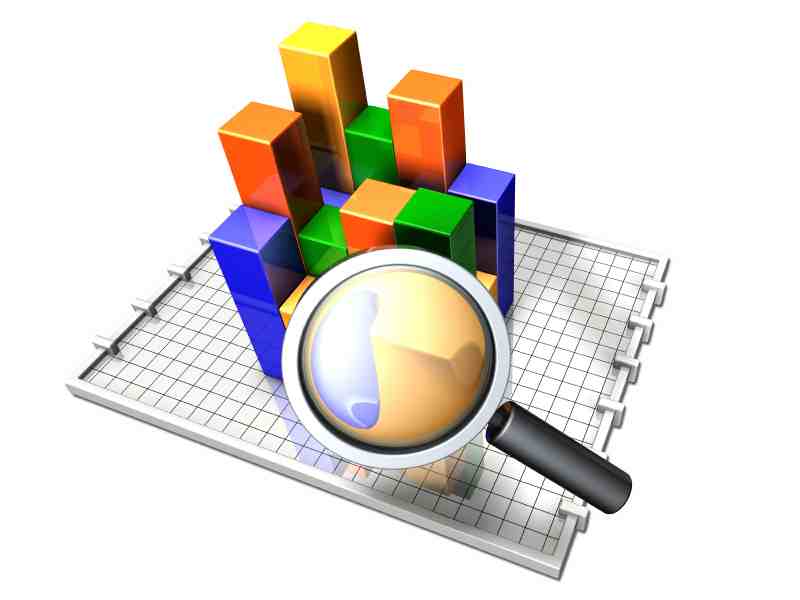
Статистические методы дают возможность определить вероятность убытков, принимая за основу статистические данные минувших периодов. Также они позволяют систематизировать возможные последствия.
Аналитические методы, с использованием математических моделей и алгоритмов, прогнозируют наиболее вероятный ущерб.
Метод экспертных оценок дает возможность использовать знания и опыт действующих экспертов. Однако процесс поиска квалифицированного специалиста может занять достаточно длительный период.
Метод аналогов используется в крайних случаях, если все другие варианты уже безрезультатно перепробованы. Производится анализ базы данных аналогичных объектов, а на его основе формируется картина взаимосвязей.
На самом деле, в работе с рисками нет ничего сложного. На первых порах мы рекомендуем составить план анализа и оценки возможных рисковых ситуации и руководствоваться им при проведении оценки. Не забывайте, что для обеспечения бесперебойной работы вашего бизнеса, все риски лучше оценить заранее. В таком случае у вас всегда в запасе будет стратегия, которая поможет разрешить проблему.




